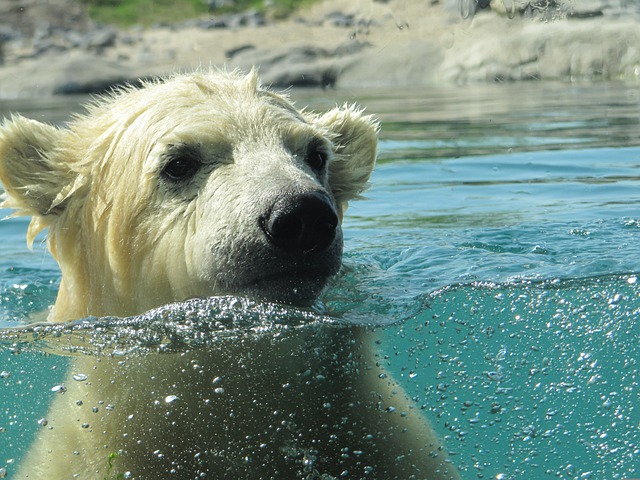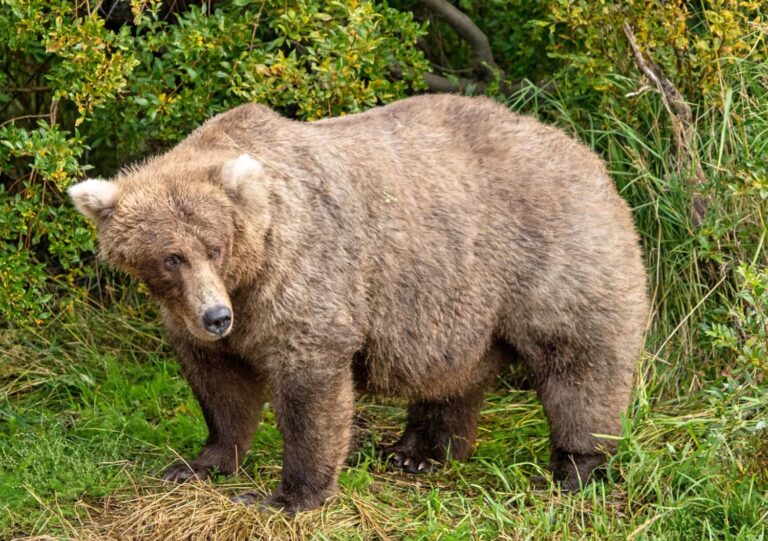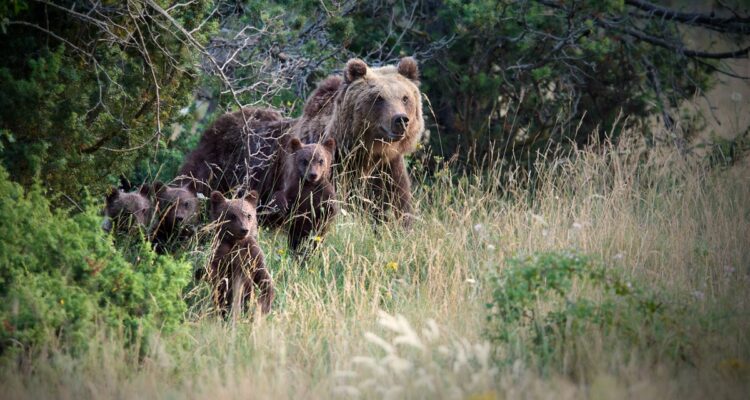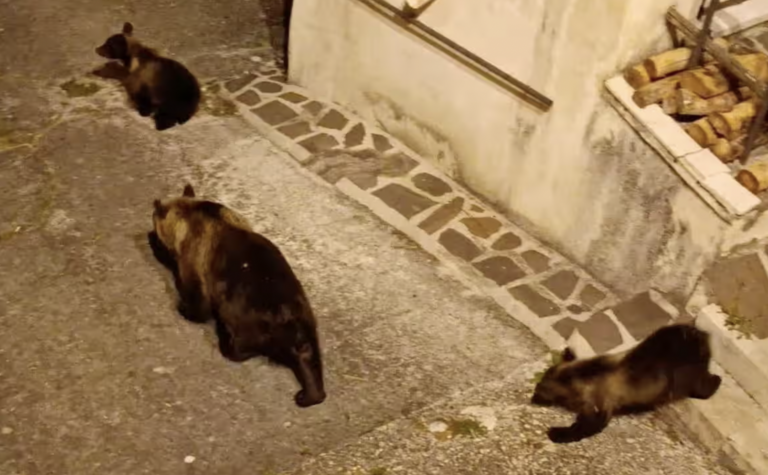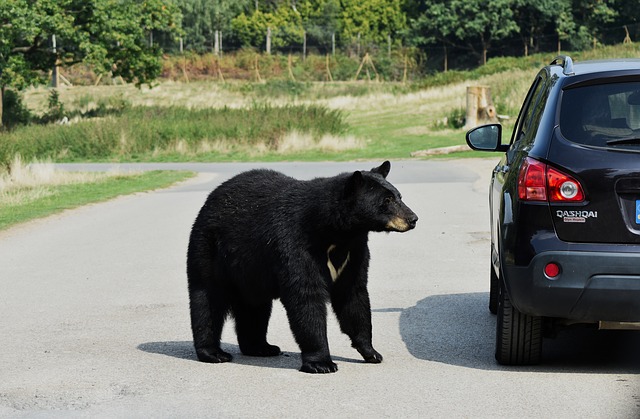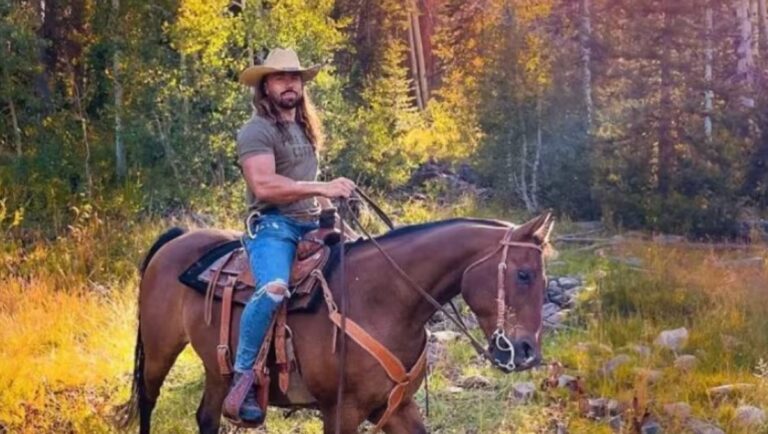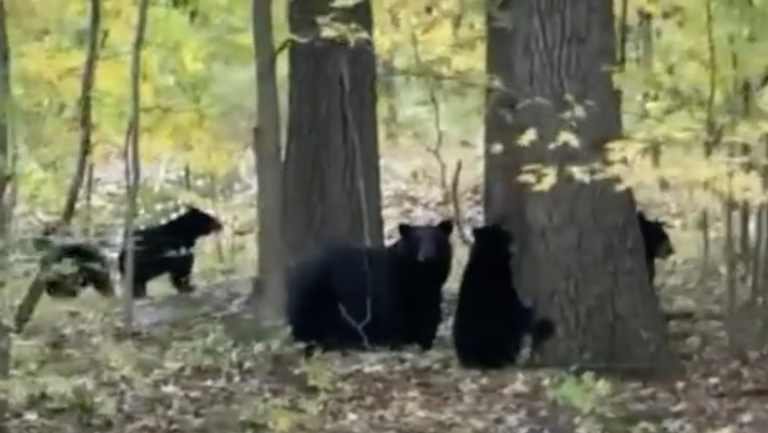Are Pizzly Bears on the Rise?
When a grizzly bear and a polar bear mate, they create offspring called pizzly bears. Due to fast climate change, these hybrid bears could be on the rise. In 2006, the first pizzly was spotted in the Canadian Arctic. This hybrid bear had white fur, brown patches, long claws, and a humped back. Since the bears are primarily white, it was believed that the polar bears were the gene givers.
Scientists used DND from a jaw belonging to a polar bear from Norwegian archipelago of Svalbard between 115,000 and 130,000 years ago to determine how closely related the two species are. About 1.5 million years ago, the polar and brown bears went their separate ways. The polar bears stayed in the colder arctic while the grizzly bear went south searching for a warmer climate. However, the distance did not stop the two species from mingling.
In their findings, they discovered that both bears had bidirectional gene flow. That is to say that brown bears and polar bears inherited genes from one another. This finding means that polar bears are not gene givers. They are also gene recipients.
Future of Polar Bears
In the future, these hybrid pizzly bears can help polar bears adapt better to their environment and thrive. That is, if they don’t lose all of their natural habitats before then. These hybrid bears should be able to survive on land and ice, if any ice is left in the near future.
The issue is that these bears do not mate regularly. The two recent pizzly bears were linked to the same bear. If polar bears are to lose their environment due to climate change, there won’t be enough time for pizzly bears to overtake as the new hybrid species.

